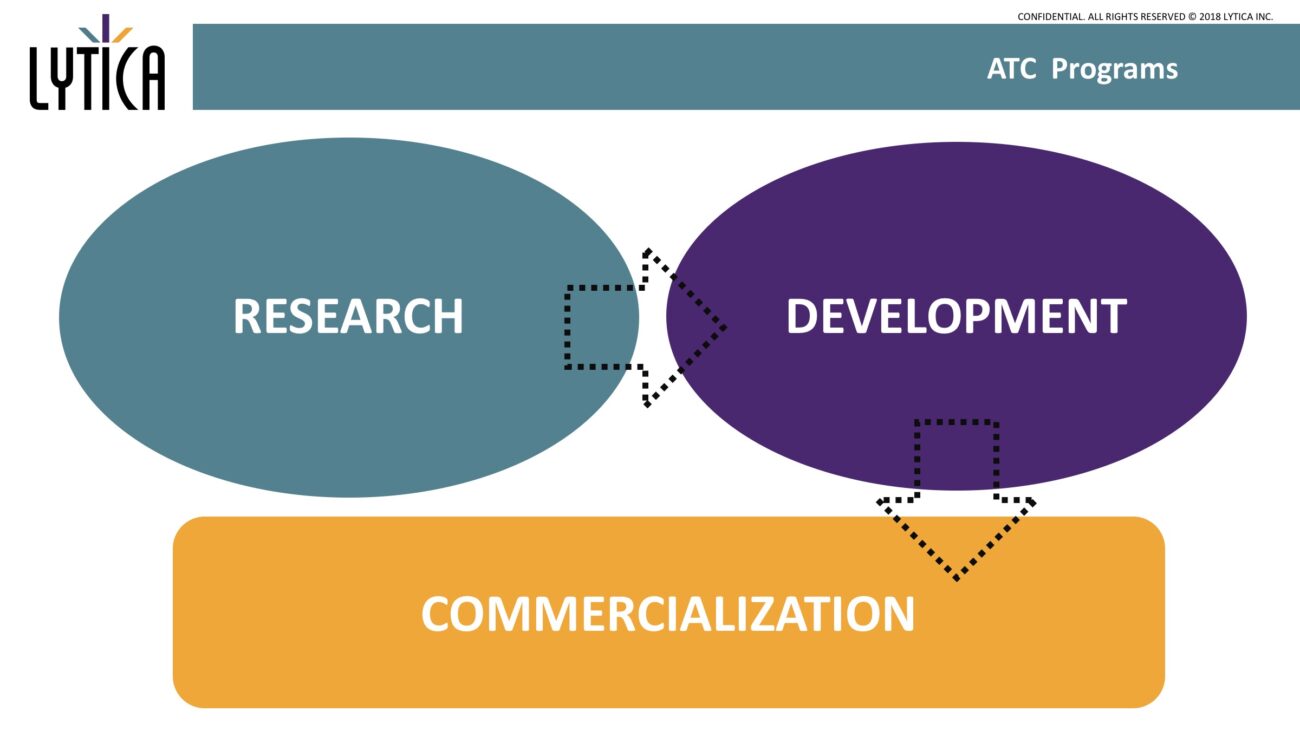How Lytica became a unique analytics company: Part 17
I missed a cycle in my biweekly blog posting. This I understand to be a faux pas of herculean proportion for bloggers as continuity and consistency are critical to readers. For this, I apologize. I offer no excuses other than things have become very hectic in a good way on many fronts.
As mentioned previously, Lytica acquired the AI Consultancy team from Gnowit Inc. and their integration into the development team at our Advanced Technology Center (ATC) has been both exciting and revealing. I now have a team of six dedicated AI researchers as well as university research engagements in AI. These AI researchers complement the original Lytica development team that created our products like Freebenchmarking.com and Component Cost Estimator. In addition, we have researched and verified the feasibility of new capabilities that will enable some new, high impact, industry-first products.
One can guess that the exciting part comes from having such a large and capable AI team in a small company. The reputation of the Gnowit AI team amongst academic and government researchers has transferred to Lytica. This allows for collaboration with a research community and facilitates access to grants from funding bodies. The AI team has developed our BoM cleansing and machine document reading capabilities and now gives us access to real-time news and media monitoring that provides information about suppliers and their products from thousands of sources in seconds. Yes, this is very exciting.
Another result of this transfer has been an influx of university students to our ATC for the summer academic break. These students have been working on projects related to our thrusts and bring focus and energy to key aspects of our program. Work in advanced statistics, automated information gathering and enhanced document reading are all part of their engagement.
The revealing part, unfortunately, is that with this doubling in R&D capability coupled with our growth and aggressive product roadmap, we have outgrown our management processes and organizational design. This is not surprising that the means of project and information coordination must change as we grow. In our case, we are experiencing growth in many dimensions: customers, products, and technology challenge amongst others. We must adjust our management team, clarify employee and functional roles and create coordination mechanisms that allow our staff to see what’s happening and appreciate their contribution to it.
This is important to us because, in the short term, all development resources are now focused on the verification of the projects started last year. We need to ensure through better methods and management that the long-term work is not sacrificed. This short-term action is necessary as data is amassed at a tremendous rate (higher than anticipated) and its validation in our applications is critical. We were not ready for the scale of it. Lytica aspires to be the most trusted source of e-component information in the industry so our information must be correct. Some readers may have noticed that I temporarily removed (and have now added back) some of the new component information in CCE. You may have seen a reduction in MPN match rates in CCE. We discovered some suspicious readings from some components within this new set of data so the information was removed subject to additional confirmation and verification. We had to be sure of our results but we lost time and schedule.
Our response to these new product, capability and verification challenges is in most ways traditional. We see a flow from research through development to commercialization. Commercialization spans both R&D and marketing. As products flow through the early market testing to general availability, we must ensure that both sales and operations are capable and ready. While it is tempting to design an unaffordable structure because of many valid and competing needs, reality has us with many players wearing two or more hats. From our 2017 and early 2018 experience, it is clear we must strengthen our product management, verification processes and coordination mechanisms.
From the acquisition, I have a very capable Chief Research Officer (CRO) to manage our research initiatives along with some development, I will put in place a VP of Engineering to manage other parts of development and commercialization. There will be shared responsibility between the CRO and VP of Engineering for development with each having responsibility for specific products and capability deliverables. Marketing will also be involved in commercialization through product management and promotion. My model has the R&D budget being split equally between research, development and commercialization with an additional amount equal to about one-third of the R&D budget going into Marketing. These numbers will be tuned as we move forward but I want to ensure that we don’t compromise the important and differentiating long-term work because of pressing daily short-term issues.
With my thinking,
Research is the investigation of a concept or the exploration of a capability to the point where something is determined to be feasible within a reasonable time horizon.
Development creates a capability or a product alpha prototype along with the verification that what has been delivered meets the specification.
Commercialization delivers a working product suitable for general release that has gone through validation and satisfies the intended market need. Commercialization has also readied Sales and Operations to deliver an excellent customer experience with the new products.
Coming from a Research and Operations background, I am accustomed to delays in product development. I had hoped that by now our customers would be sampling the BoM Cleanser as a product and that match rates in FBDC and CCE would be astonishingly high. I can assure you that we are very close to achieving the goals and, with the organizational changes I am making, future products will materialize on time.
As for now I will revel in the excitement and act on the revelations.
Ken Bradley is the Chairman/CTO & founder of Lytica Inc., a provider of supply chain analytics tools and Silecta Inc., a SCM Operations consultancy.

